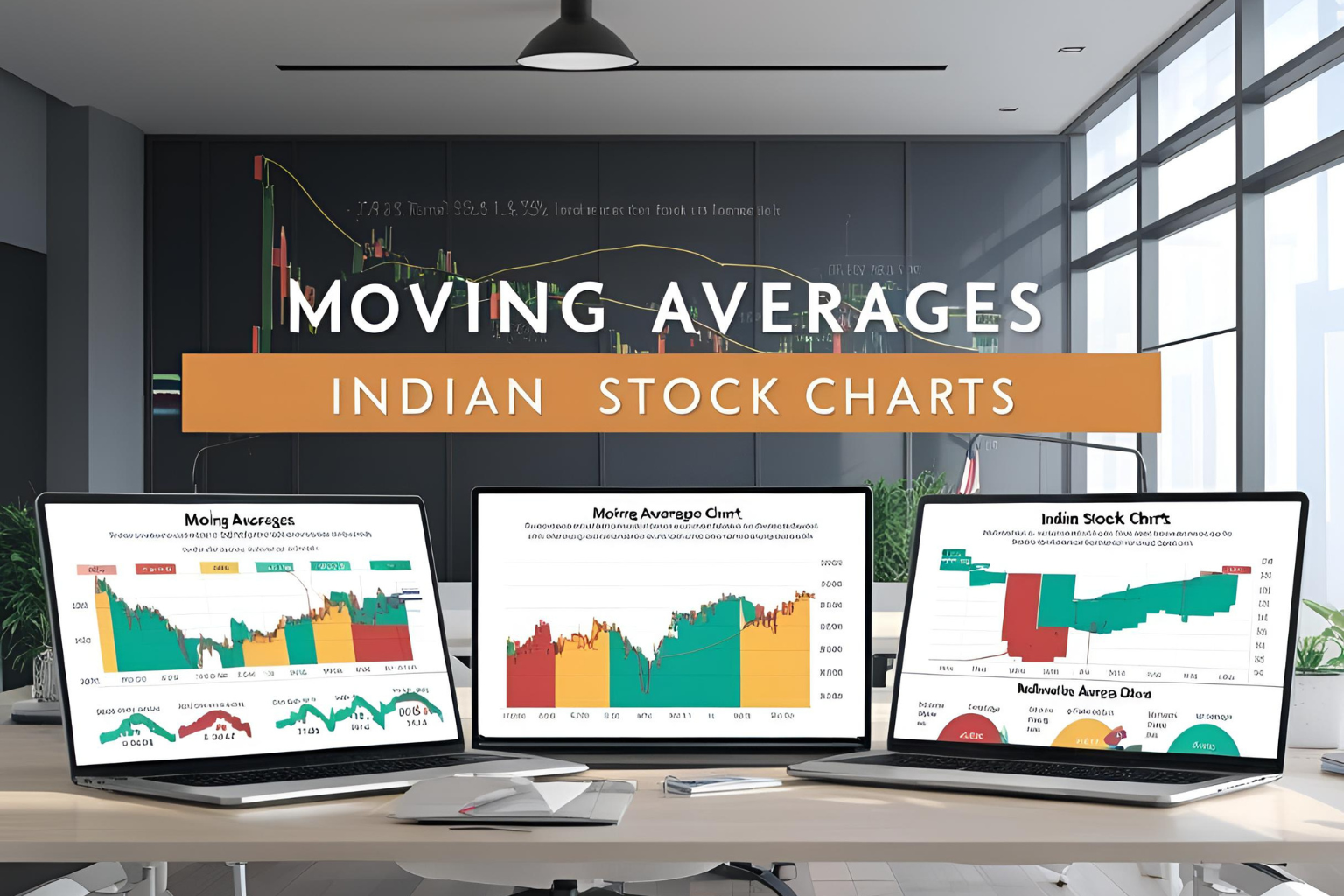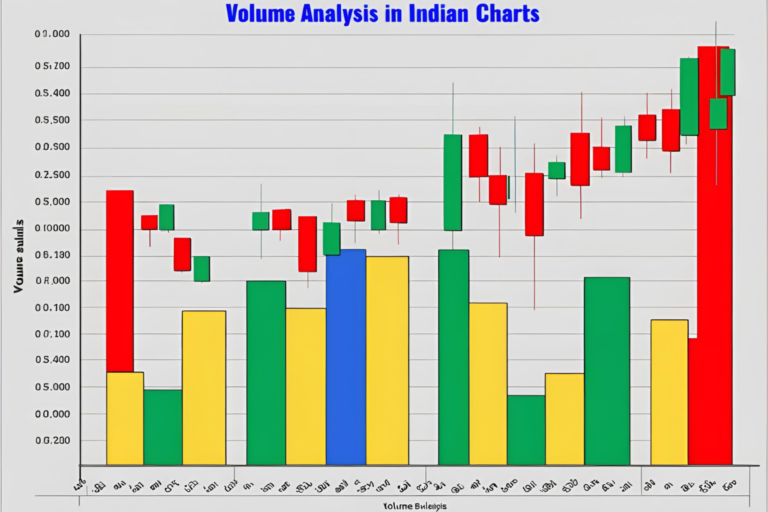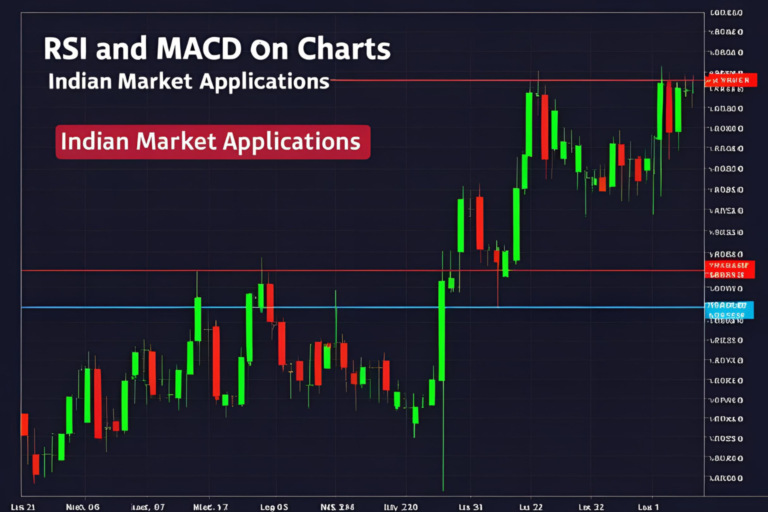Moving Averages on Indian Stock Charts: What You Should Know
Moving averages are one of the most commonly used technical indicators in the Indian stock market. Whether you’re analyzing NIFTY 50, BANKNIFTY, or individual stocks like Reliance or TCS, moving averages help simplify price action and identify market trends. This guide explains what moving averages are, how to use them, and which ones Indian traders commonly rely on.
What Is a Moving Average?
A moving average (MA) smoothens price data by averaging it over a specific period. It helps traders filter out short-term volatility and identify the direction of the underlying trend.
There are two primary types:
- Simple Moving Average (SMA): Average of closing prices over a period
- Exponential Moving Average (EMA): Gives more weight to recent prices for quicker response
Why Use Moving Averages in Indian Stock Charts?
- Trend Identification: Spot bullish or bearish trends early
- Support/Resistance Zones: Moving averages often act as dynamic support or resistance
- Crossover Signals: Buy/sell signals based on crossover of short-term and long-term MAs
- Works Across Timeframes: Effective for both intraday and positional trading
Common Moving Averages Used in India
| Moving Average | Purpose | Use Case |
|---|---|---|
| 20 EMA | Short-term trend | Intraday/swing on stocks like HDFC Bank |
| 50 SMA | Medium trend | Spot momentum in midcaps |
| 100 EMA | Long-term support | Used by investors tracking NIFTY trends |
| 200 SMA | Institutional trend | Long-term investment zone in large caps |
How to Use Moving Averages in Indian Stocks
1. Single MA Trend Filter
Use a 200 SMA to determine long-term trend direction.
If price is above the 200 SMA, trend is bullish.
2. Moving Average Crossovers
A popular strategy:
- Buy when 50 EMA crosses above 200 EMA (Golden Cross)
- Sell when 50 EMA crosses below 200 EMA (Death Cross)
Example: A Golden Cross on the HDFC chart may suggest a long-term bullish trend.
3. Dynamic Support and Resistance
Moving averages often act as bounce points.
For example, Reliance Industries stock may bounce off the 50 EMA on a daily chart, showing strong demand.
4. Multiple MA Zones
Use combinations like 20 EMA + 50 EMA + 100 EMA to define entry and exit zones.
Real Example: Moving Averages on NIFTY 50
- 20 EMA: Tracks short-term pullbacks
- 50 SMA: Monitors medium-term consolidation
- 200 SMA: Confirms long-term bullishness
A bullish trend in NIFTY is typically confirmed when price stays above all three levels.
FAQs
1. Which moving average is best for intraday trading in India?
The 20 EMA and 50 EMA are commonly used for intraday setups on stocks like ICICI Bank, Infosys, and HDFC.
2. Can I use moving averages on weekly charts?
Yes, moving averages like 50 SMA or 100 EMA are effective for long-term investment decisions on weekly charts.
3. Do moving averages work in volatile markets?
They smooth out price action, but in highly volatile or sideways markets, they may produce false signals. Use with caution.
4. Which Indian platforms support moving average indicators?
Platforms like TradingView India, Zerodha Kite, and Chartink offer customizable moving average tools.
5. Are EMAs better than SMAs for Indian stocks?
EMAs react faster to price changes and are preferred for short-term trades. SMAs are more stable and used for long-term trends.



